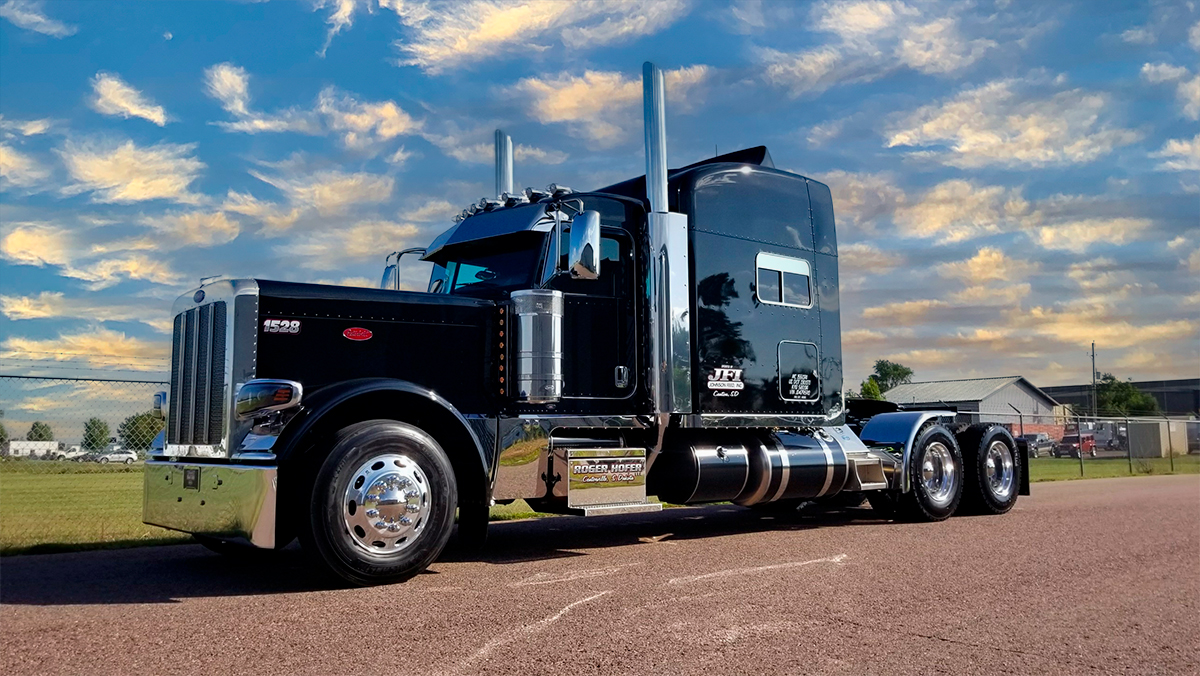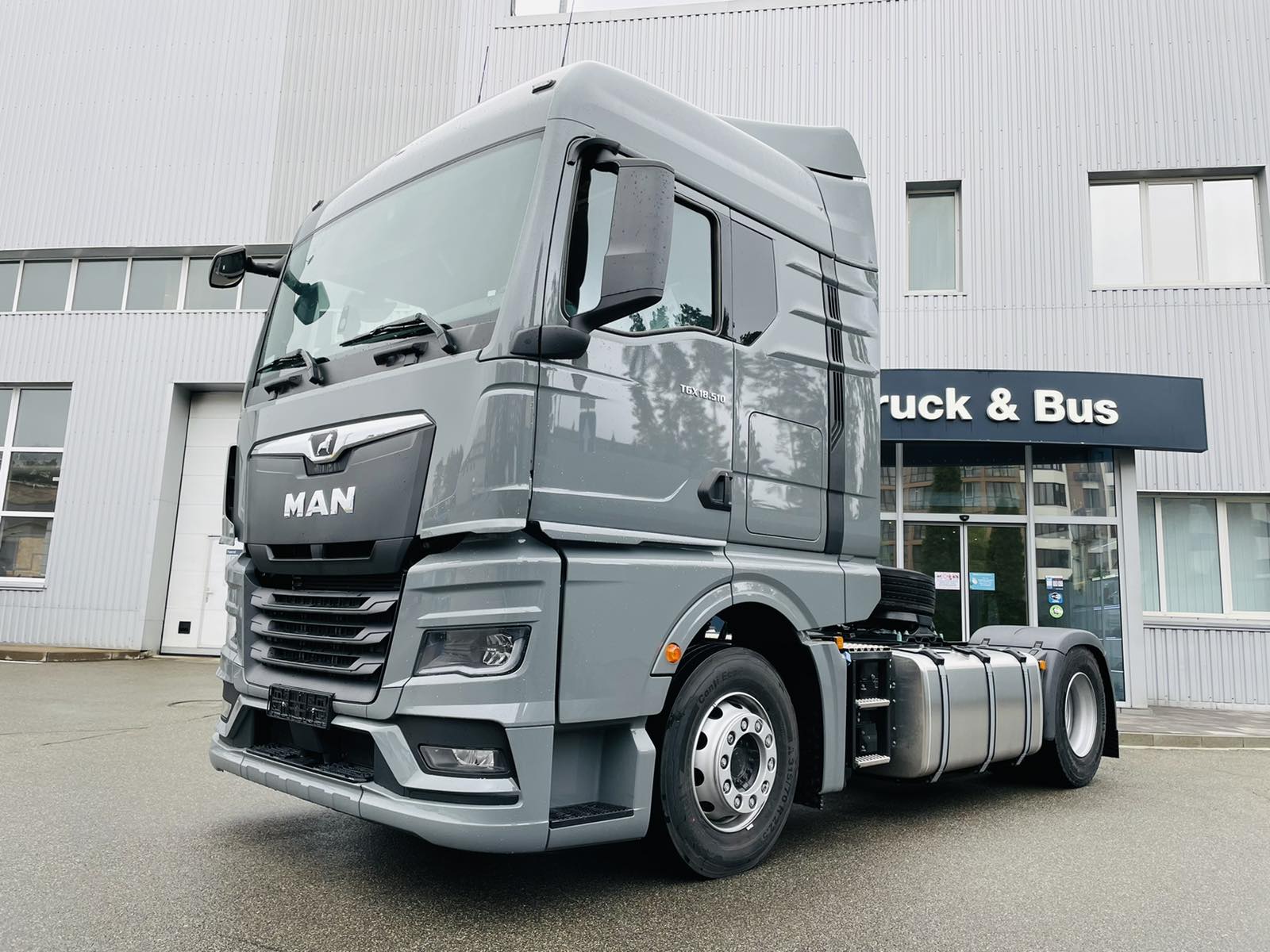If you've ever worked as a trucker in both the U.S. and Europe, you've probably noticed a striking difference in the design of semi-truck cabs. In the U.S., sleek, long-hooded trucks with chrome accents and grills are an iconic symbol of the highways. In Europe, on the other hand, nearly all semi-trucks feature compact, cab-over-engine designs with the driver sitting above the engine. There’s a fascinating set of reasons behind these differences.

Road Infrastructure
The U.S. boasts the Dwight D. Eisenhower National System of Interstate and Defense Highways, a network of over 41,000 miles (66,000 kilometers) designed for long, straight routes with wide lanes and minimal turns. Interstate lanes in the U.S. are 12 feet wide (around 3.66 meters), which is significantly broader than their European counterparts. This allows for large, long-hooded trucks to navigate without issue.
Interestingly, the 1956 Federal-Aid Highway Act led to the construction of many highways through densely populated areas, forcing over a million people to relocate over the next two decades. The highway system sparked protests and urban resistance but ultimately transformed transportation across the nation.
In Europe, higher population density and older cities with narrow streets make it challenging to accommodate large vehicles. For comparison: Germany’s population density is 236 people per square kilometer, France’s is 126, and the Netherlands has 432 people per square kilometer. The U.S., in contrast, has just 33.6 people per square kilometer. These conditions have made maneuverability a priority in European truck design, resulting in cab-over-engine configurations rather than long-hooded trucks.
Regulations
Truck dimensions in the European Union are tightly controlled by EU Directive 96/53/EC, which limits the overall length of trucks with trailers:
- 16.5 meters (54 feet) for tractor-trailer combinations.
- 18.75 meters (61.5 feet) for trucks with two trailers.
This means that a long-hooded cab would significantly reduce trailer length and the amount of cargo that could be transported, making such designs less cost-effective.
In the U.S., however, overall length limits for tractor-trailers were removed in 1982 under the Surface Transportation Assistance Act (STAA). Current Federal Length Laws regulate only the length of the trailer, with no restrictions on the tractor. For instance, trailers up to 53 feet (16.15 meters) can operate without special permits, giving American truckers greater flexibility in cab design.

Lifestyle on the Road
In the U.S., trucking isn’t just a job—it’s a way of life. Truckers often spend weeks or even months on the road, so American rigs are equipped with spacious cabs that include sleeping areas, refrigerators, and even small kitchens. For drivers who prefer not to sleep in their cabs, the U.S. has over 2,500 truck stops, some accommodating up to 1,000 vehicles.
Driving hours in the U.S. are regulated by the Federal Motor Carrier Safety Administration (FMCSA). Key rules include:
- 14-hour work window per day.
- 11 hours maximum driving within that window after at least 10 hours of rest.
- 8 hours maximum continuous driving without a break.
In Europe, truckers usually take shorter trips, rarely lasting more than a few days. EU labor laws for truckers, governed by Regulation (EC) No. 561/2006, are stricter:
- 9 hours of driving per day, with 10 hours allowed twice a week.
- 56-hour weekly limit, with a maximum of 90 hours over two weeks.
- Drivers must take a 45-minute break every 4.5 hours of driving.
Historical and Economic Influences
In the U.S., brands like Kenworth, Peterbilt, and Freightliner have shaped the image of powerful, long-hooded trucks built for cross-country hauls. These manufacturers prioritize comfort and durability for drivers spending extended periods on the road.
European truck makers like Scania, Volvo, and MAN, meanwhile, emphasize compactness, maneuverability, and fuel efficiency. Given that fuel costs in Europe are 1.6 to 1.8 times higher than in the U.S., efficient design is a critical factor.
If you're looking to rent a truck in the U.S., our catalog offers a wide range of options to meet your needs.